On July 27, 2023, UPL Ltd., a leading global provider of sustainable agricultural solutions, announced a collaboration with the University of Arkansas System's Division of Agriculture (UADA) to gain exclusive access to patents for Fenclorim Seed Treatment. UADA's filed patents cover the novel use of Fenclorim as a seed treatment with micro-encapsulated herbicides to protect crops against weeds. UPL plans to utilize these patents to develop and launch new herbicides for Fenclorim-treated seeds.
On June 27, 2023, Canadian startup Precision AI announced the development of the world's first AI drones for plant-level herbicide application. The new autonomous, AI-powered agricultural drone can effectively apply herbicides at the plant level, at scale. Precision AI aims to create healthier, more sustainable, and profitable farms.
Precision AI's drones could provide farmers with the labor they need and real-time insights required to make future predictions and combine & collect data to better understand a farm's crops down to the individual plant. The technology could help farmers drastically reduce water use & costs, eliminate excess chemicals, and promote soil health.
On June 07, 2023, Crystal Crop Protection Ltd. launched a next-generation herbicide, Sikosa, to protect paddy crops from weeds while enhancing yields. Sikosa is developed in collaboration with Battelle, UK, and Mitsui AgriScience International SA/NV (MASI). The company claims that Sikosa effectively controls narrow-leaf weeds, broad-leaf weeds, and sedges in paddy.
On May 08, 2023, Godrej Agrovet Limited (GAVL), a crop protection business, launched its umbrella brand, PYNA, for its selective cotton herbicide. GAVL is the sole manufacturer of selective cotton herbicide, pyrithiobac sodium, and it aims to extend PYNA with other agrochemical firms marketing products based on pyrithiobac sodium. The company offers three weed management products for cotton, including Hitweed, Hitweed Maxx, and Maxxcott, which will be sold under the PYNA brand.
On May 17, 2023, Agri-input firm Syngenta and FMC Corporation announced a strategic partnership to commercialize new herbicide technology for rice crops in Asia. FMC and Syngenta have developed a new active ingredient, Tetflupyrolimet, which can be applied in traditional transplanted and direct-seeded rice to control grass weeds.
Herbicides Market Key Market Players & Competitive Insights
Leading market players are investing heavily in research and development to expand their product lines, which will help the herbicides market, grow even more. Market participants are also undertaking various strategic activities to expand their footprint, with important market developments including new product launches, contractual agreements, mergers and acquisitions, higher investments, and collaboration with other organizations. To expand and survive in a more competitive and rising market climate, the herbicides industry must offer cost-effective items.
Manufacturing locally to minimize operational costs is one of the key business tactics manufacturers use in the herbicides industry to benefit clients and increase the market sector. In recent years, the herbicides industry has offered some of the most significant medical advantages. Major players in the herbicides market, including Element Solutions Inc (US), Kenvos Bio (China), Bayer AG (Germany), FMC Corporation (US), and others, are attempting to increase market demand by investing in research and development operations.
Adama Ltd manufactures crop protection chemicals. It has two business segments: crop protection and intermediates and ingredients. Crop Protection encompasses conventional agrochemical product manufacturing, marketing, and seed activities. The intermediates & ingredients segment contains many sub-fields, such as Lycopan (an oxidation retardant), aromatic compounds, and other chemicals. In May 2022, ADAMA Ltd. introduced Cheval, a premium pre-seed and post-emergence herbicide for soybeans and other crops, in Brazil. Cheval is projected to benefit farmers significantly due to its prolonged residual effect and unique formulation. T.O.V Formulation Technology created Cheval, which increases the efficacy of active compounds.
Bayer is a German conglomerate involved in healthcare and agriculture. The company's crop science division comprises seeds, insecticides, herbicides, and fungicides, which it expanded after acquiring Monsanto. Bayer primarily sells its healthcare and crop protection products to wholesalers, pharmacies, hospitals, and retailers. It has subsidiaries in Asia-Pacific, Europe, North America, Latin America, Africa, and the Middle East. In July 2022, Bayer introduced Mateno Plus in Uruguay, a new herbicide for managing broadleaf weeds and grasses that harm wheat and barley crops.
Flufenacet, which inhibits cell division; Diflufenican, which inhibits carotenoid synthesis; and Aclonifen, which inhibits carotenoid synthesis and chlorophyll production, suppressing a wide range of weeds.
Key Companies in the herbicides market include
- BASF SE (Germany)
- The Dow Chemical Company (US)
- Monsanto Company (US)
- FMC Corporation (US)
- Bayer AG (Germany)
- Agrium Inc (Canada)
- PI Industries (India)
- Syngenta AG (Switzerland)
- Element Solutions Inc (US)
- Nufarm Limited (Australia)
- Nissan Chemical Industries Ltd. (Japan)
- Drexel Chemical Company (US)
- ADAMA Ltd. (Israel)
- Kenvos Bio (China)
- UPL (India)
Herbicides Industry Developments
- Q2 2024: Bayer launches new herbicide 'Adengo Xtra' for maize farmers in India Bayer announced the launch of 'Adengo Xtra', a new pre-emergence herbicide for maize, designed to provide broad-spectrum weed control and improve crop yields for Indian farmers.
- Q2 2024: BASF opens new herbicide production facility in Brazil BASF inaugurated a new manufacturing plant in Brazil dedicated to producing advanced herbicide formulations, aiming to meet growing demand in Latin America's agricultural sector.
- Q2 2024: Corteva receives regulatory approval for new herbicide 'Resicore XL' in the United States Corteva announced that the U.S. Environmental Protection Agency approved its new corn herbicide, 'Resicore XL', which offers enhanced weed control and application flexibility for farmers.
- Q3 2024: Syngenta launches 'Callisto GT' herbicide in Europe Syngenta introduced 'Callisto GT', a new post-emergence herbicide for maize, in several European markets, expanding its crop protection portfolio in the region.
- Q3 2024: FMC Corporation acquires BioHerb Solutions to expand biological herbicide offerings FMC Corporation completed the acquisition of BioHerb Solutions, a startup specializing in bio-based herbicides, to strengthen its sustainable crop protection product line.
- Q3 2024: Adama secures major supply contract with Australian grain cooperative Adama signed a multi-year agreement to supply herbicides to one of Australia's largest grain cooperatives, enhancing its presence in the Asia-Pacific market.
- Q4 2024: UPL appoints new CEO to drive global herbicide business UPL announced the appointment of a new Chief Executive Officer, with a mandate to accelerate growth in its global herbicide segment and expand into new markets.
- Q4 2024: Bayer receives EU approval for new rice herbicide 'Loyant' Bayer secured European Union regulatory approval for 'Loyant', a new herbicide targeting resistant weeds in rice cultivation, supporting sustainable farming practices.
- Q1 2025: Syngenta opens R&D center for herbicide innovation in Switzerland Syngenta inaugurated a new research and development center focused on herbicide discovery and formulation, aiming to accelerate innovation in weed management solutions.
- Q1 2025: Corteva partners with French agtech startup to develop digital herbicide application tools Corteva announced a strategic partnership with a French agtech company to co-develop digital platforms that optimize herbicide application and reduce environmental impact.
- Q2 2025: BASF launches new bioherbicide for organic farming in North America BASF introduced a new bioherbicide product designed for organic farmers in the U.S. and Canada, expanding its sustainable agriculture portfolio.
- Q2 2025: Sumitomo Chemical announces $100 million investment in new herbicide plant in Vietnam Sumitomo Chemical revealed plans to invest $100 million in constructing a new herbicide manufacturing facility in Vietnam to serve the growing Southeast Asian market.
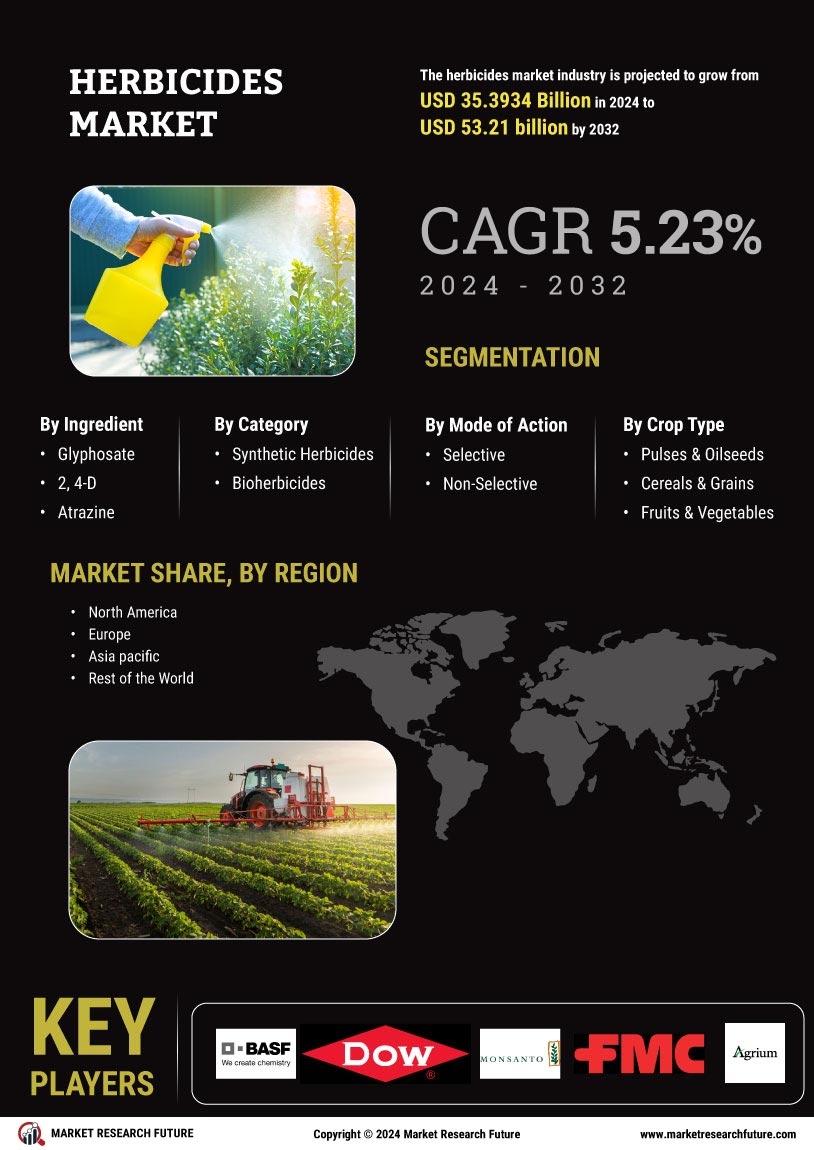

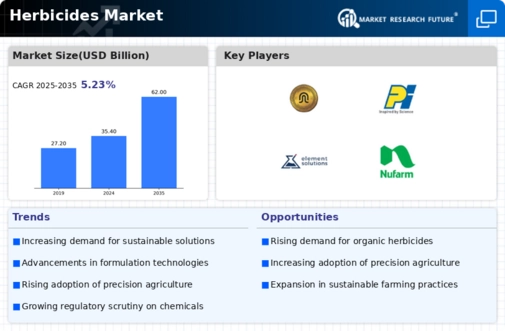
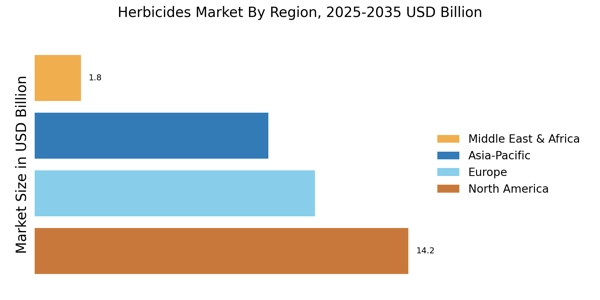

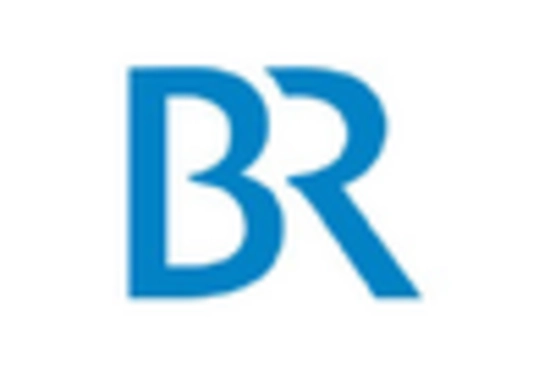
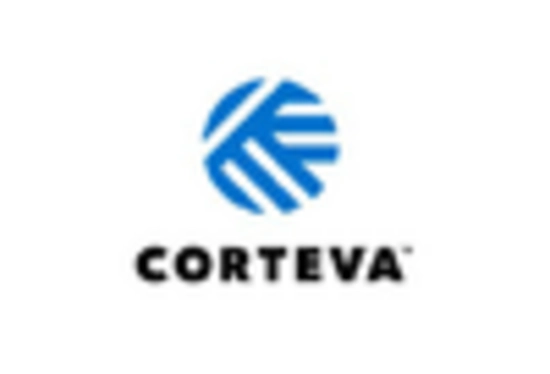
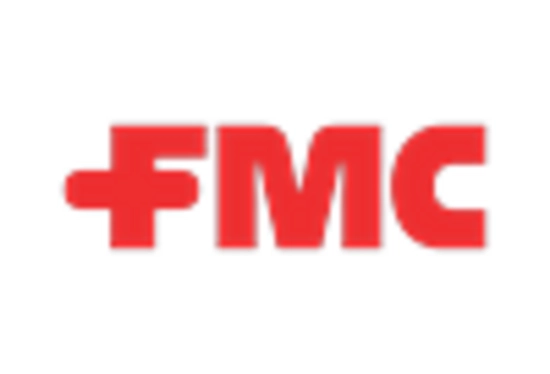
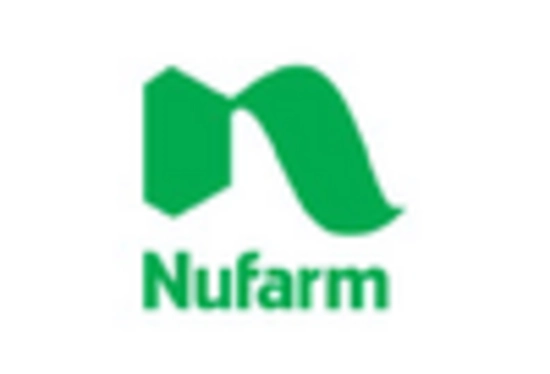
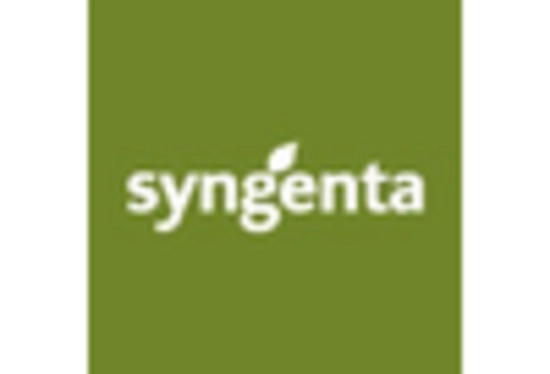








Leave a Comment